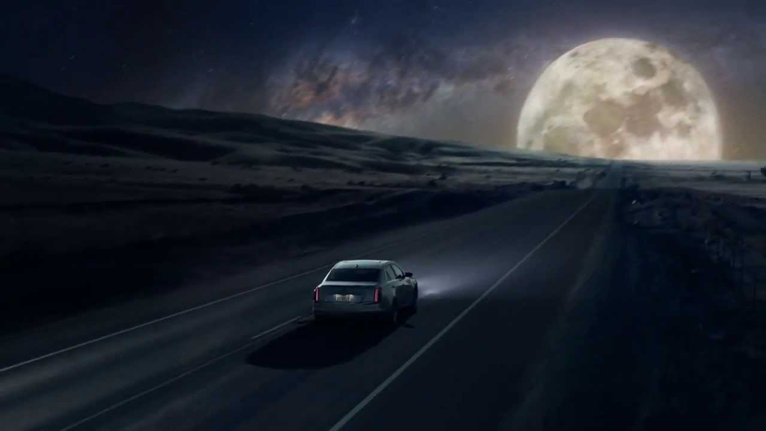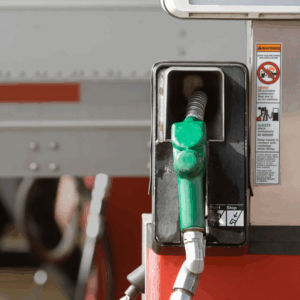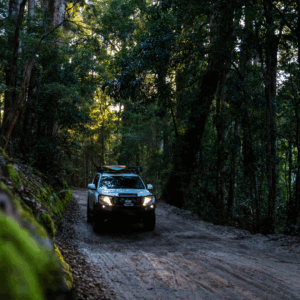Are you a person who likes to keep their car as long as possible, or do you prefer to replace your car every few years? With cars now being built to last at least 200,000 miles, many more people are keeping their cars longer and are finding that with proper care and regularly scheduled maintenance, they can continue to be driven safely and reliably, and in some cases as far as the moon!
In our Honest Accurate shops, we are seeing more cars with over 250,000 miles (the average distance from the earth to the moon). We have several “Moon Cars” that have even passed that 500,000-mile mark! That is a big difference from just thirty to forty years ago during my driving lifetime), when most people felt trading in their vehicles when they neared 100,000 miles. However, with improved parts and materials, components do not break down as quickly. Also, improvements in synthetic fluids and lubricants help reduce friction, creating less heat, thus reducing wear and tear.

If you are a person who prefers keeping the car they own and avoiding monthly car payments, what is the secret to keeping your car going to the moon and back?
The answer is keeping up with consistent, regular maintenance services. Having your oil changed every 3,000 -5,000 miles is the best insurance against expensive engine repairs. Engine oil acts to dissipate heat, while it lubricates and cleans the internal moving parts of the engine, extending the life of the parts. Even if you use the newer synthetic oils that are said to have a life of 10,000 miles, your car will benefit from more frequent oil changes.
Also, having a set of trained, experienced eyes (and ASE Certified Technician) periodically assessing the condition of your fluids, brakes, belts and hoses, tires, etc. puts you in the driver’s seat, so that you are always aware of the condition of your car. At Honest Accurate Auto Service, we want to prevent those problems that can leave you stranded on the side of the road, and allow you to plan and budget for those maintenances that will be needed in the near future.
Periodic checks for the level and condition should be done on the engine oil, coolant, brake fluid, power steering fluid, transmission fluid and differential fluid. If any of these fluids are consistently low, there is probably a leak in the system which should be addressed. Depending upon your specific vehicle, the fluid type used (conventional vs. synthetic), and your long-term plans for keeping your vehicle, completely changing the brake fluid, transmission fluid, and differential fluid every 60,000-100,000 miles will be very helpful in extending the life of the parts and components in those systems.
Your Owner’s Manual is a critical resource to check when it comes to planning a good maintenance schedule. Refer to it frequently and follow the “severe weather conditions” guidelines to ensure you get the maximum life out of your car. In Colorado, with our weather extremes, following the “severe driving” schedule for maintenance helps you keep ahead of the game and safely on your way “to the Moon…and back”!
Our Service Advisors are knowledgeable and trained, and can help recommended the best maintenance schedule for your particular vehicle. For example, if your car has a timing belt, manufacturer’s recommendations for changing the timing belt may vary anywhere from 60,000 miles to 100,000 miles! Knowing these mileage checkpoints can prevent the severe damage that can occur, should the belt break while driving…saving you money and keeping you safely on the road.
Things like brakes and belts will wear with time and miles, and are intended to be replaced periodically for safe operation. Other parts, like the water pump, alternator, etc. simply wear out and require replacement as they fail. Replacing these parts with quality, original equipment manufacturer (OEM) parts (as opposed to aftermarket parts) can be the difference between having to replace parts more frequently or experiencing an unexpected breakdown.
One other factor that can make a big difference in how long your car will last is individual driving habits and the conditions of the roads on which you drive. Jack rabbit starts, and stops, create extra stress on your vehicle and brakes and will make parts wear out much more quickly. Dirt and gravel from driving on dirt roads consistently will work its way into the undercarriage, wearing out parts more quickly. If you drive mountain passes frequently, your brakes will require brake work more often.
Let Honest Accurate Auto Service help you keep your car going to the moon and back! Or do you already have a “moon car”? We would love to feature you and your car in our newsletter and tell our readers what you have done to keep that car running and the road. Give us a call so we can include your story and tips on what has worked for your car, and send us a photo of you and your ride!



